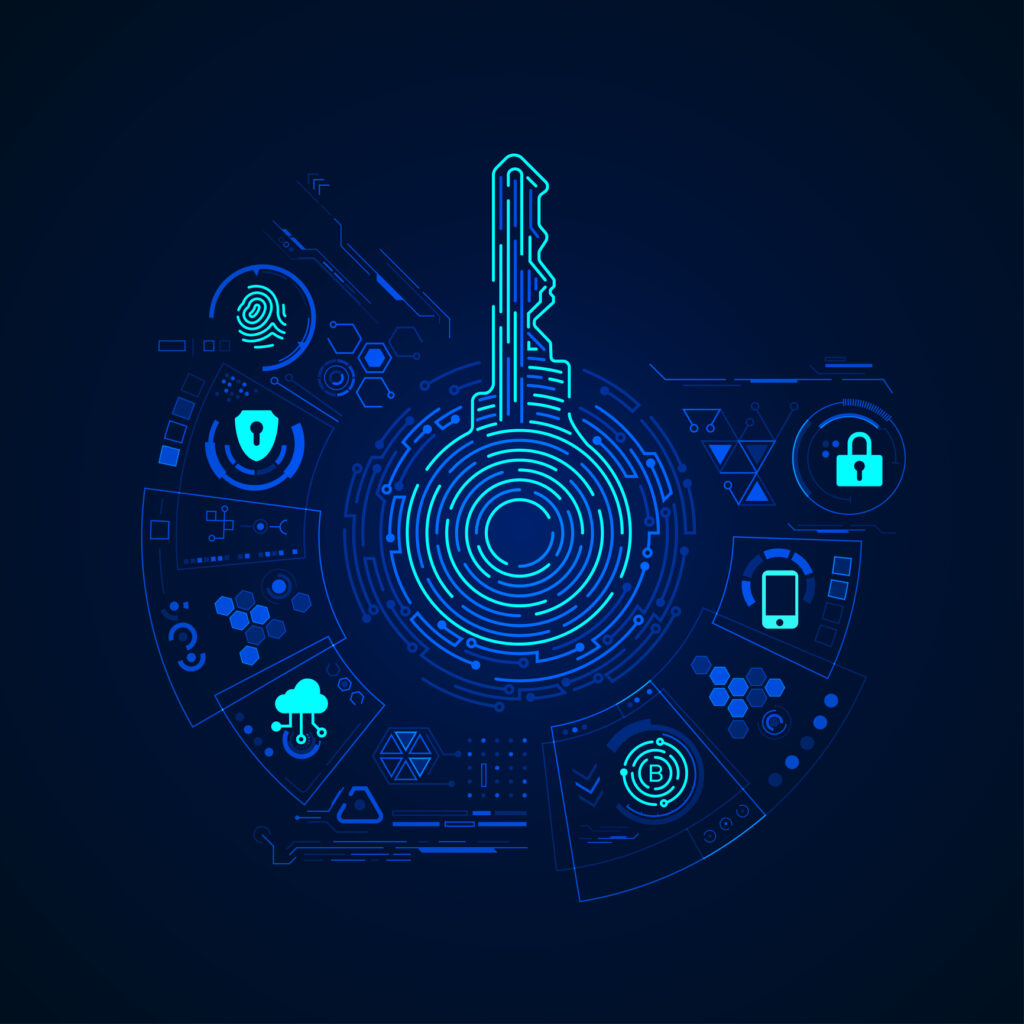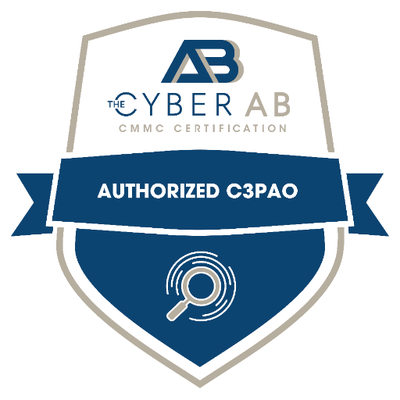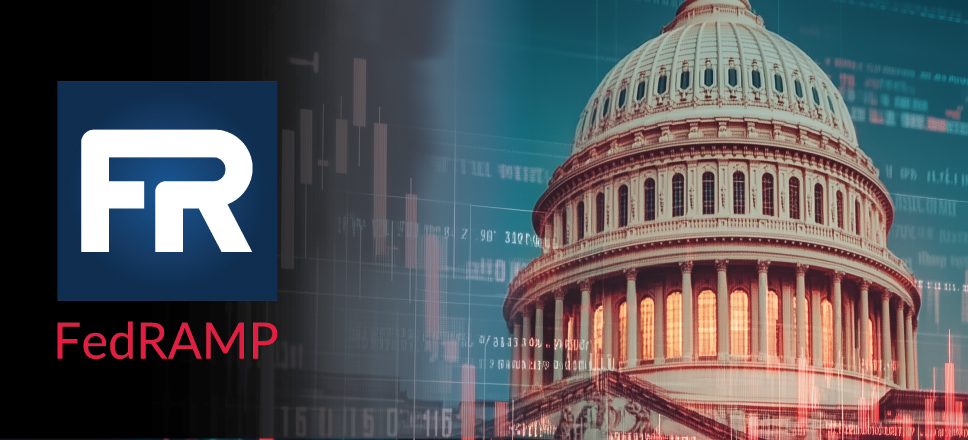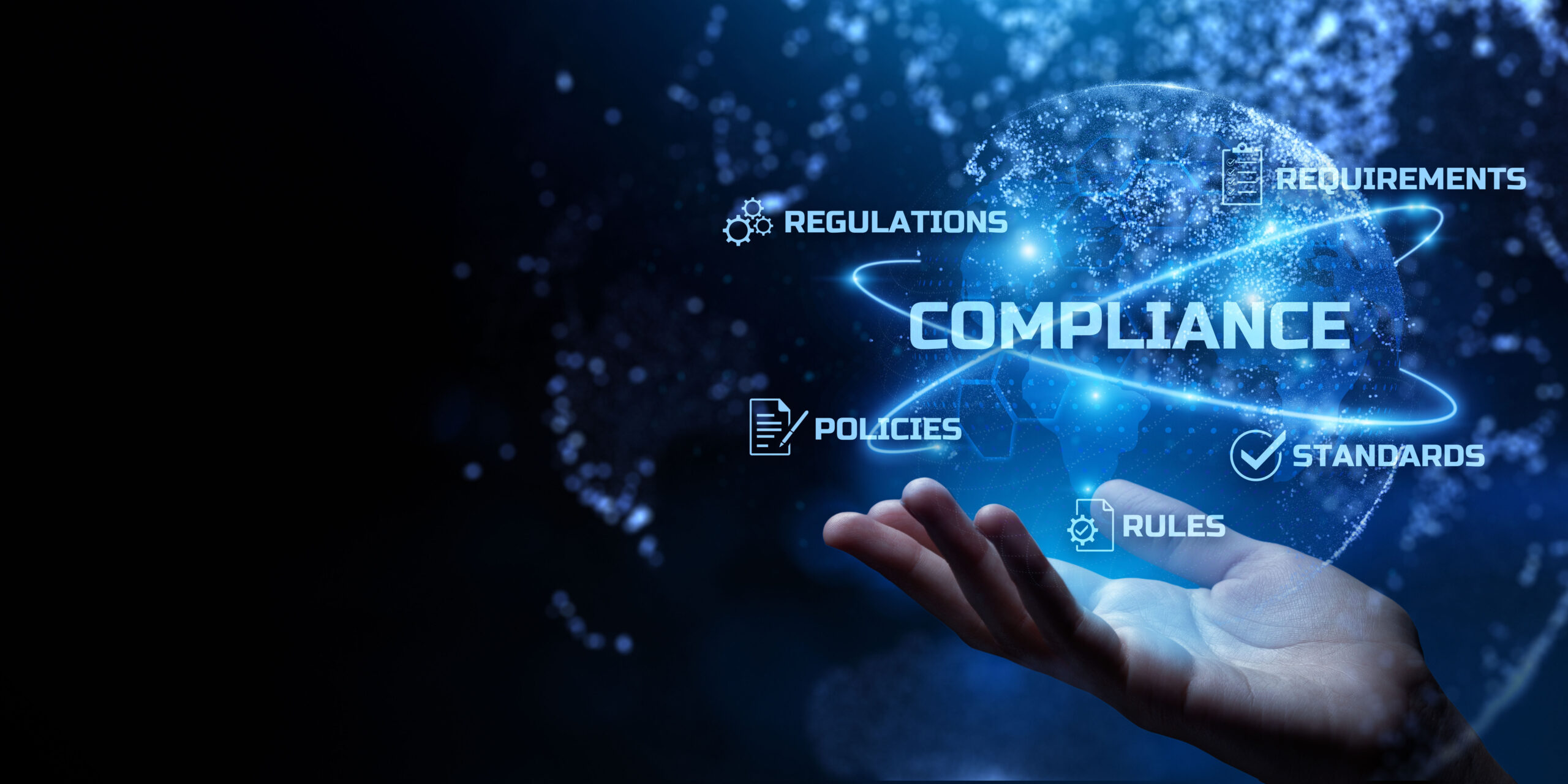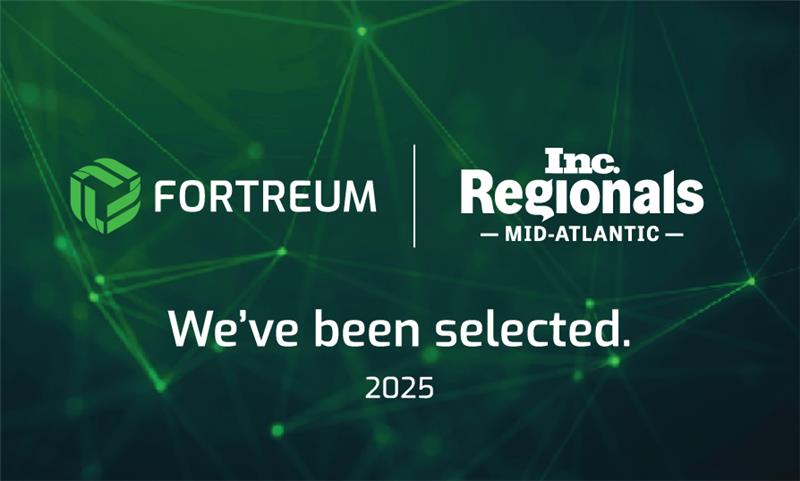Introduction: What is NIST SSDF?
The brilliance of the NIST SSDF lies within its versatility, offering software creators the freedom to tailor its application to their distinct operational landscapes, all while maintaining a stance of technological impartiality. The framework also provides strategic insights on harmonizing SSDF protocols with renowned standards and models like ISO/IEC 27034, OWASP SAMM, BSIMM, and Microsoft SDL.
Launched initially in 2019 as NISTIR 8269 and refined in 2021 as NISTIR 8269A, it now bears the title NIST SP 800-218. Endorsed by the Network Resilience Coalition, the NIST SSDF is an indispensable asset that significantly propels the evolution of secure software development methodologies.
How Does SSDF compare to FedRAMP?
Defining “Good Faith Effort"
Embracing a “Good Faith Effort” approach is akin to donning an armor of diligence, aligning with the NIST SSDF’s stringent security standards. It’s a dynamic dance of proactive risk assessment, where vulnerabilities are identified and deftly countered with strategic defenses.
Engagement is key—open dialogues with customers, regulators, auditors, and partners are the cornerstone of trust. When challenges arise, swift and decisive action is taken. When done with transparency at its core, a clear and concise view of remedial steps can be known to all involved.
In the same regard, staying ahead means never standing still; policies and procedures undergo regular refinement, while training programs elevate staff and user savvy to new heights. This symphony of efforts harmonize into an ethos of security that stands resilient, while fostering an environment where trust is paramount, and operations are seamless.
Key Practices
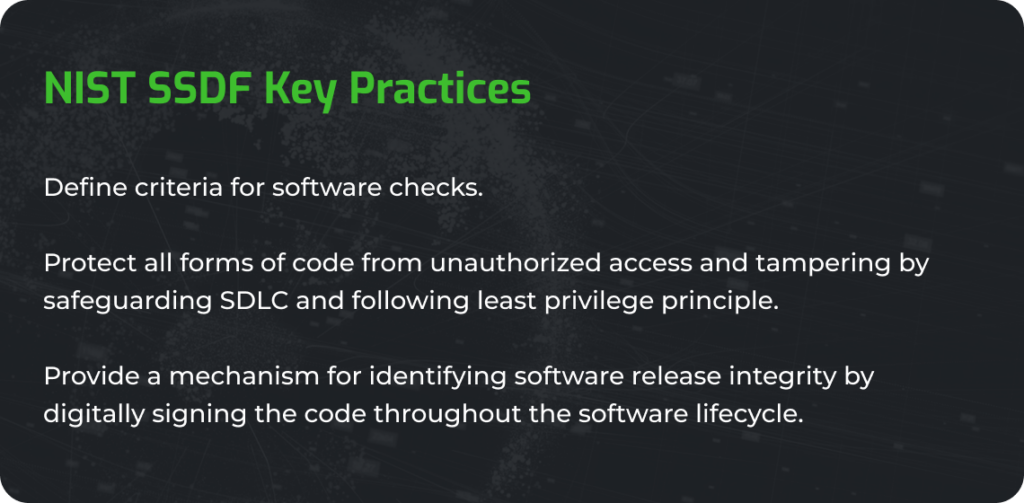
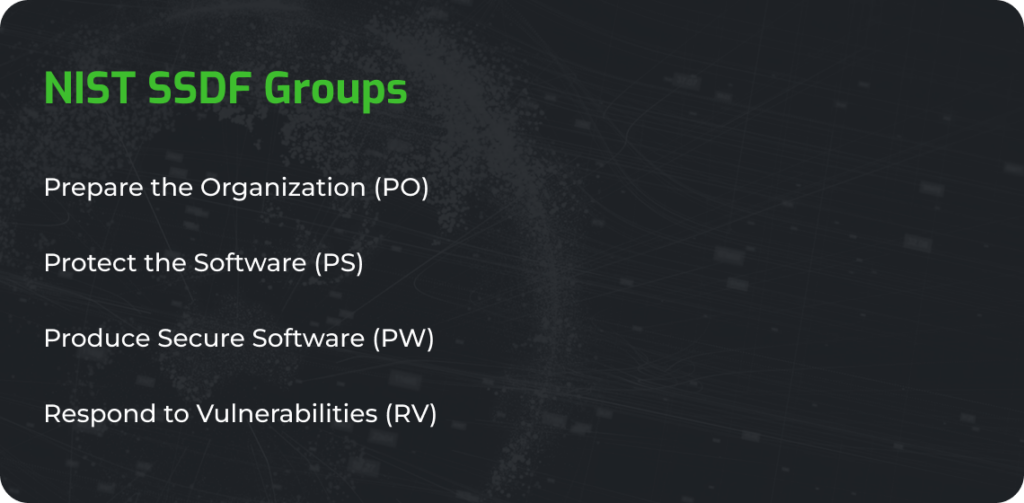
Should you have questions about SSDF compared to FedRAMP, please reach out to us at info@fortreum.com or Contact Fortreum today.

